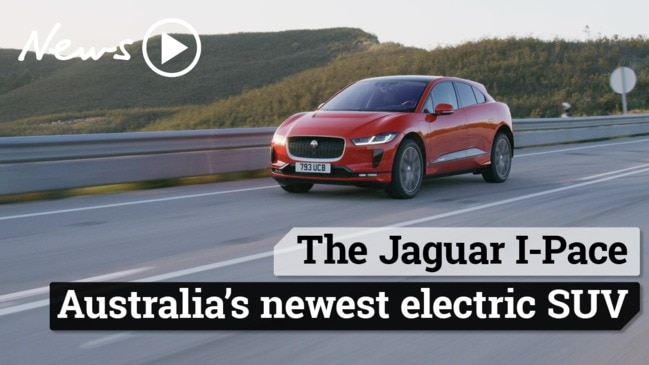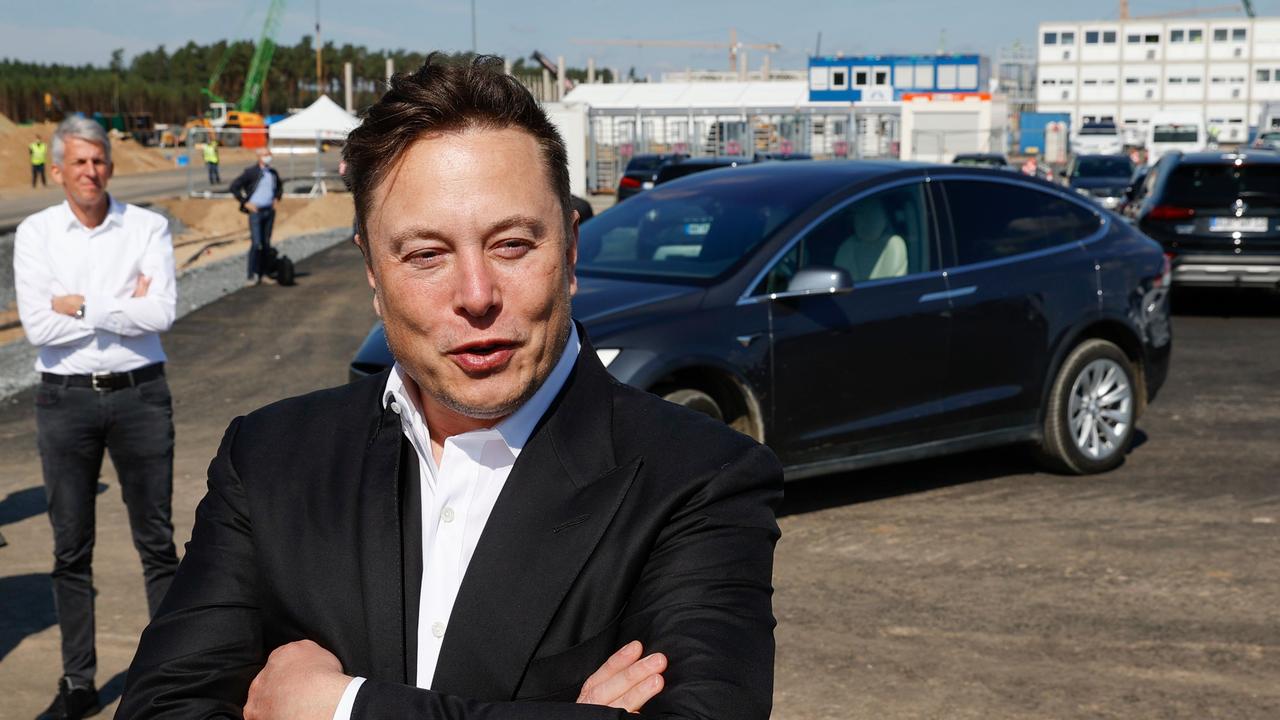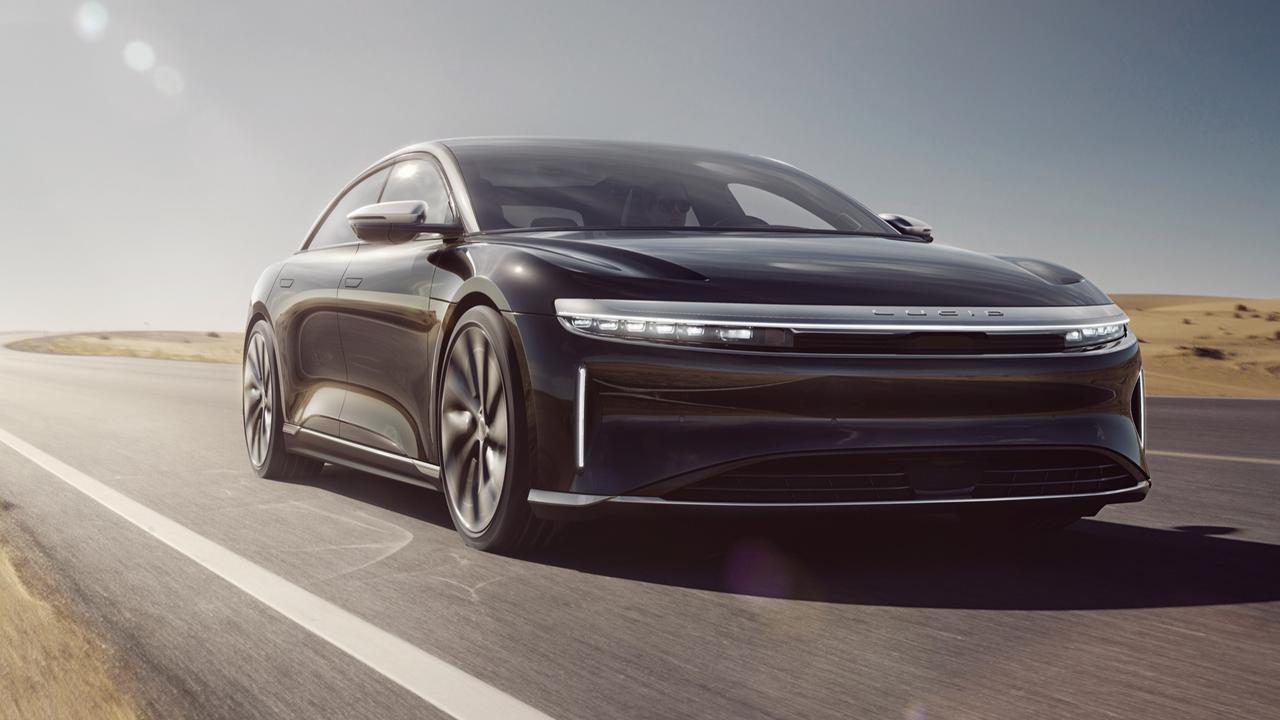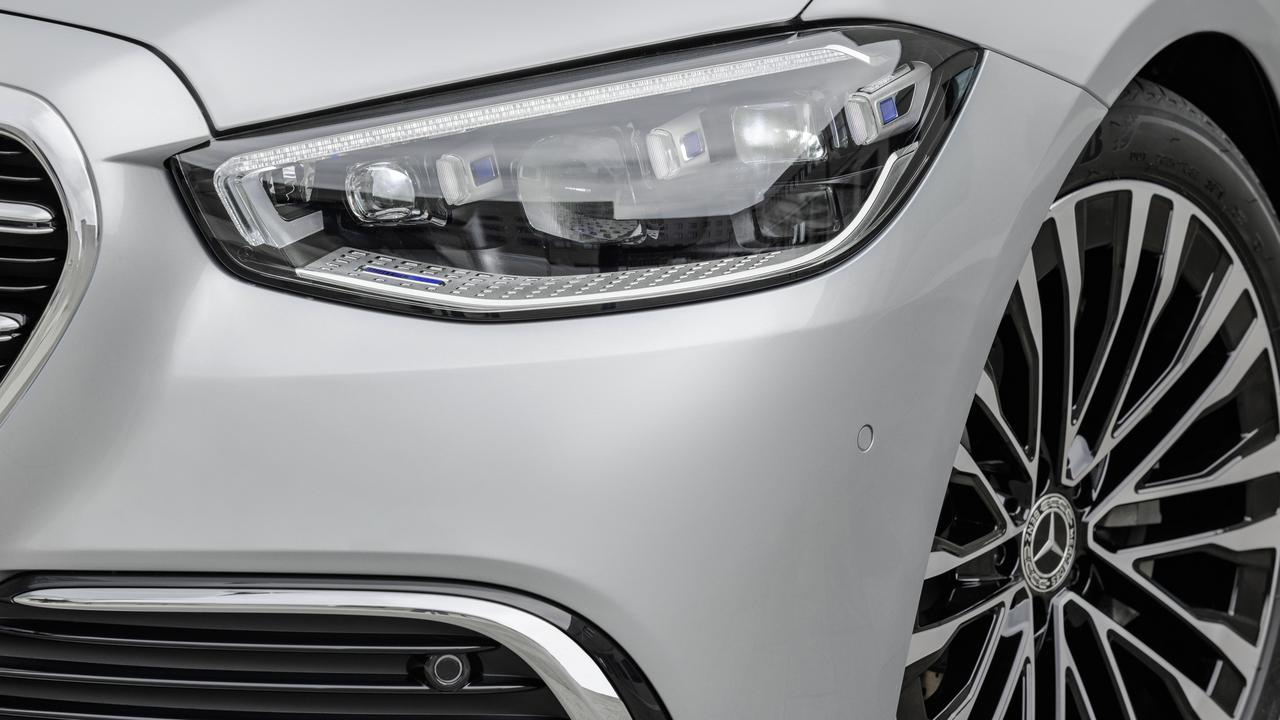Tesla’s Autopilot has ‘serious safety concerns’ according to Consumer Reports
Leading US consumer advocate has slammed the electric car maker’s futuristic tech saying that it doesn’t deliver what it claims.

Tesla’s latest semi-autonomous driving software has been slammed by US website Consumer Reports, which claims it is “far less competent than a human driver”.
The website, which performs a similar role to Australian website Choice, reviewed the latest Autopilot software update introduced last month. The updates included a feature called Navigate on Autopilot, which Consumer Reports found to be dangerous and perform potentially illegal manoeuvres.
The independent review found the feature cut off other cars and potentially broke some US state laws.
It found the driver often needed to intervene “to prevent the system from making poor decisions”.

“The system’s role should be to help the driver, but the way this technology is deployed, it’s the other way around,” says Jake Fisher, Consumer Reports’ senior director of auto testing.
“It’s incredibly nearsighted. It doesn’t appear to react to brake lights or turn signals, it can’t anticipate what other drivers will do, and as a result, you constantly have to be one step ahead of it.”
Fisher said of major concern was the car’s apparent inability to accurately spot cars approaching fast from behind.
Other car makers use long range radar and are planning to use expensive lidar systems to deal with such scenarios, but Tesla has long shunned lidar, suggesting it is unnecessary.
“The system will cut off a vehicle that is going a much faster speed since it doesn’t seem to sense the oncoming car until it’s relatively close,” says Fisher.

The vice president of advocacy at Consumer Reports, David Friedman, said the lane changing function “raises serious safety concerns” about Tesla.
“Tesla is showing what not to do on the path toward self-driving cars: release increasingly automated driving systems that aren’t vetted properly.”
The Consumer Reports review is a body blow for Tesla, which is bleeding financially and has full self-driving functionality as a crucial link in its future plans to release robo-taxis.
Tesla has claimed since 2016 all cars produced had the hardware required for fully autonomous driving, although recently it announced a Hardware 3 computer upgrade planned to be retrofitted at no cost.
At an investor presentation last month outspoken Tesla chief Elon Musk speculated regulatory approval in some American states would allow fully autonomous Teslas on the roads by late 2020.

However, the Consumer Reports review casts doubt on long running Tesla claims its cars were safer at driving than humans.
Of more concern are expert claims that Tesla’s existing hardware may not be up to the task of full autonomy.
“The current hardware does not have the computing power required to support full self-driving features,” Shiv Patel, an analyst from market research firm ABI Research, told Consumer Reports.
Fisher said using Navigate on Autopilot was like “monitoring a kid behind the wheel for the very first time”.
“In essence, the system does the easy stuff, but the human needs to intervene when things get more complicated.”
Despite the partial autonomous functionality, Tesla warns on its website that “drivers are responsible for and must remain in control of their car at all times”, raising fresh questions about its usefulness.
In the same disclaimer Tesla suggests the system has much room for improvement.
“As more miles are collected with Navigate on Autopilot in use, we will continue to make it even more capable and efficient.”



